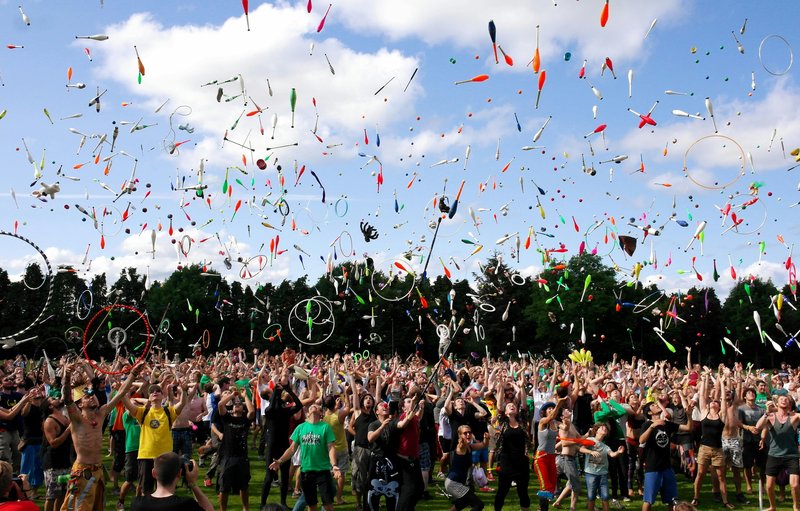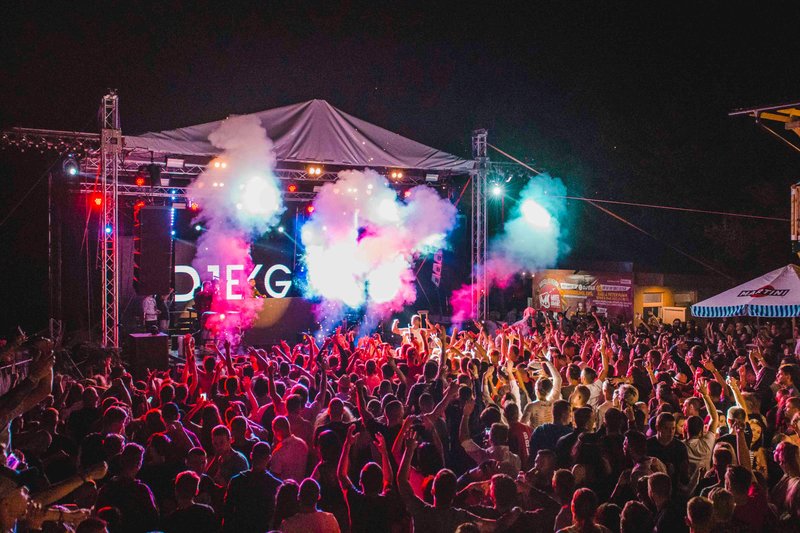For years, having a mobile app was seen as a sign that a festival had “made it.” It felt like the professional thing to do — your own icon in the app store, your name on people’s phones, your logo glowing on their screens. But over time, organizers have started asking a different question: does anyone actually use it?
The truth is, most festival apps struggle to gain real traction. Attendees are reluctant to download something they’ll only need for a few days. By the time they arrive, many haven’t installed it, or if they did, they haven’t updated it. Meanwhile, you’ve spent weeks (and a sizeable budget) building and submitting it to app stores, just to end up communicating through Instagram anyway. The idea of having a “native app” sounds impressive — but in 2025, it’s rarely the best use of your time or money.

The Friction Problem
A native app creates barriers before it even starts helping. It requires a download, permissions, storage space, and regular updates. For year-round products, that’s fine — but for a three-day event, it’s a tough ask. Most festival-goers decide to check the schedule on the way to the venue, not weeks in advance. Expecting them to download and install an app at that moment just isn’t realistic.
Even if they do, the app has to compete with dozens of others on their phones. Push notifications can be turned off, updates get ignored, and uninstalling it after the event is almost automatic. For the organizer, it means a lot of effort for very little reach — and a communication tool that fails exactly when it’s most needed: in real time, on-site, when things change fast.
The Maintenance Headache
Native apps don’t stop demanding attention once they’re live. Every new artist, sponsor, or stage change means another update — and often, another app-store review cycle. This delay turns what should be instant communication into a waiting game. By the time your change is approved, the problem you were trying to fix might already be over.
There’s also the ongoing cost. Maintaining native apps for iOS and Android requires development time, testing, and updates just to keep up with software changes. That makes sense for major year-round brands, but not for events that live in short bursts of high energy. Organizers need tools that move as fast as their teams — not ones that slow them down.

The Simpler Alternative
Web apps solve these problems by removing friction entirely. There’s nothing to download, no updates to approve, and no app-store dependencies. Attendees access everything instantly through a QR code, link, or NFC tag — and the experience feels just like a native app. They can browse schedules, mark favorites, get push-style alerts, and even recharge wristbands directly in their browser.
For organizers, the benefit is even clearer: any change goes live immediately. You can reschedule an act, announce a delay, or post a sponsor promotion in seconds. The audience always sees the most current version, and you don’t need technical staff on standby to make it happen. It’s fast, flexible, and fully under your control.
That’s why so many festivals — from boutique gatherings to large multi-day events — are now skipping app stores altogether. They get all the engagement of a mobile experience, without the friction, cost, or complexity. And attendees love it, because it just works.
Native apps had their moment. They made sense when mobile web technology wasn’t as powerful as it is today. But 2025 is different. Web apps can do almost everything a native app can — faster, cheaper, and with far better adoption.
So the real question isn’t “Should our festival have an app?”
It’s “What’s the easiest way for our audience to stay connected?”
Skip the downloads. Keep the connection. Let your web app do the work.